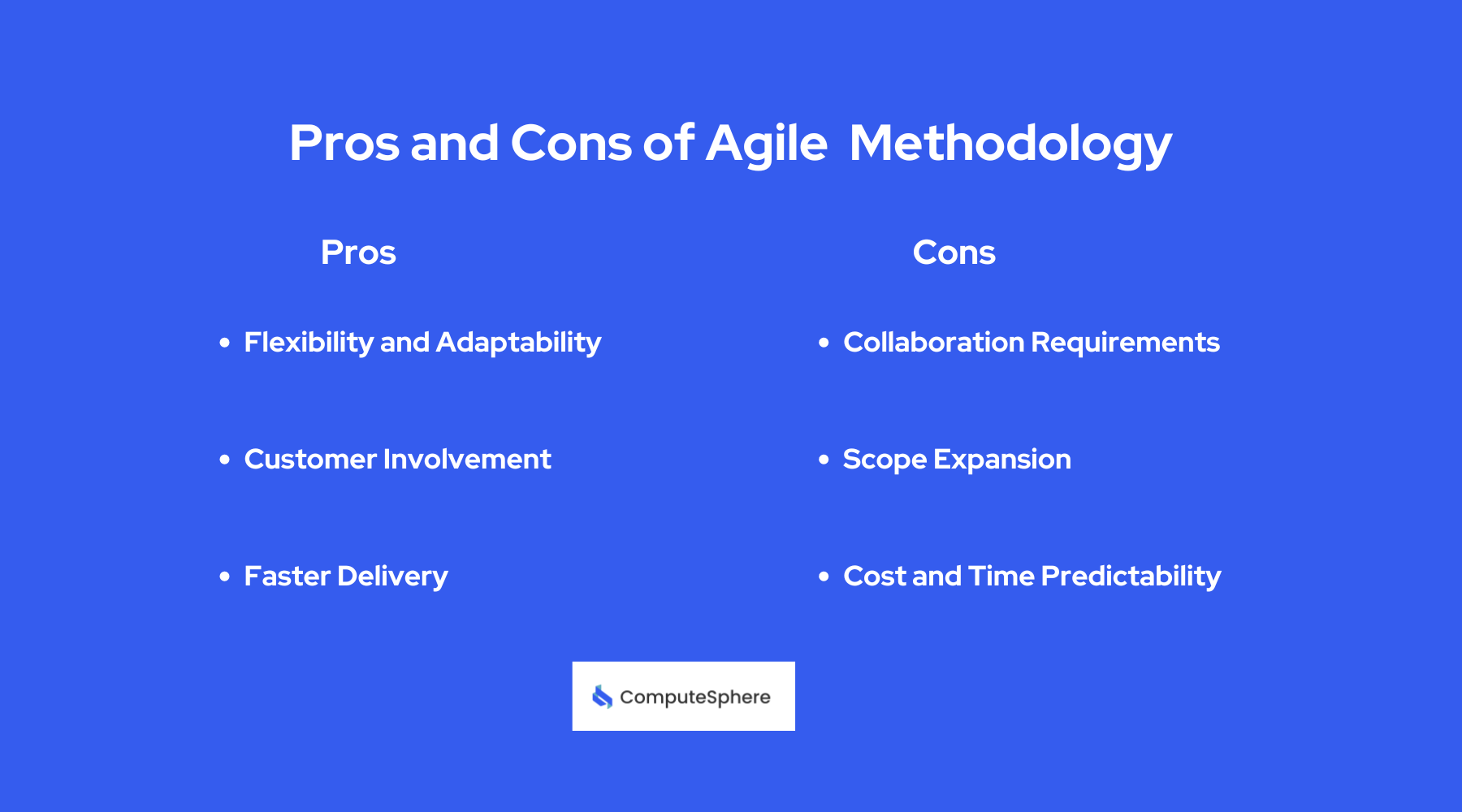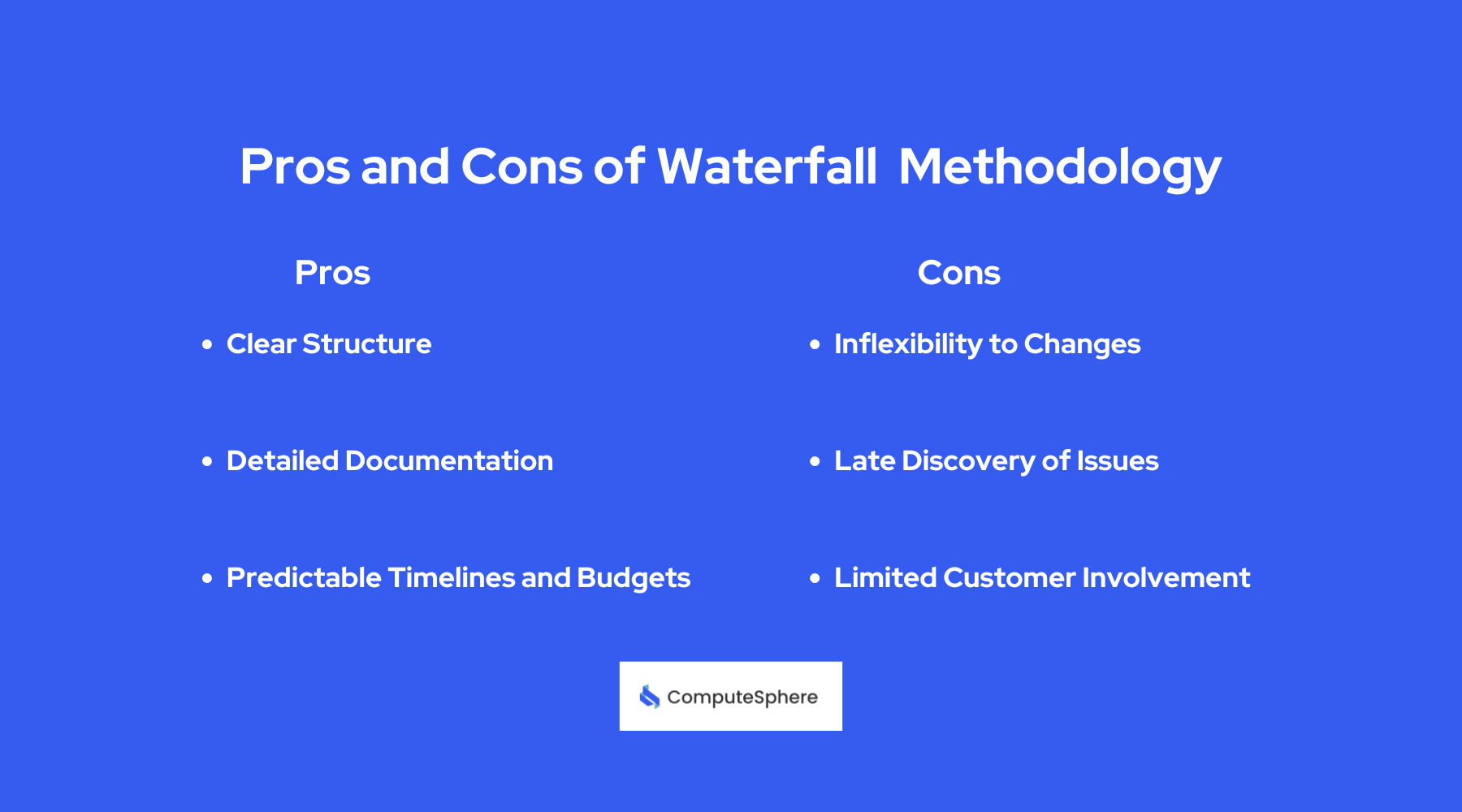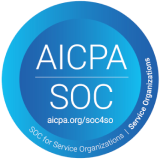Agile vs. Waterfall: Which Methodology is Right for Your Project?

Project management methodology greatly influences your project's success. Agile and Waterfall are two widely used approaches, each offering distinct advantages, disadvantages, and ideal applications. Selecting the right methodology impacts your project's timeline, budget, team collaboration, flexibility, and overall quality. Moreover, understanding the core principles, strengths, and limitations of both Agile and Waterfall helps ensure smoother project execution and better outcomes.
We will explore these methodologies in detail, helping you decide which is best for your project, understanding these approaches will help you navigate your project's complexities more effectively.
What is Agile Methodology?
Agile methodology is an adaptable and flexible approach to project management. It was developed to address the limitations of traditional methods by emphasizing repetitive progress, collaboration, and customer feedback. Agile values individuals and interactions over processes and tools, working software over comprehensive documentation, customer collaboration over contract negotiation, and responding to change over following a plan.
At the heart of Agile is the repetitive process. Projects are broken down into smaller, manageable units called sprints or iterations, typically lasting two to four weeks. Each sprint aims to produce a potentially shippable product increment, allowing teams to adapt quickly to changes and continuously improve based on stakeholder feedback. This repeated nature is one of Agile's greatest strengths, providing flexibility in a world where requirements and priorities can change rapidly.
Agile frameworks like Scrum and Kanban provide structured yet flexible approaches to managing projects. Scrum focuses on fixed-length iterations and predefined roles (Scrum Master, Product Owner, and Development Team), while Kanban emphasizes continuous flow and visual management of work items. These frameworks help teams stay organized and maintain momentum throughout the project lifecycle.
Pros and Cons of Agile Methodology

Pros
Flexibility and Adaptability: Agile’s approach allows teams to respond quickly to changes and incorporate feedback continuously.
Customer Involvement: Frequent interactions with customers ensure that the product aligns with customer expectations.
Faster Delivery: Regularly delivering features enables quicker time-to-market and early realization of benefits.
Cons
Collaboration Requirements: Agile requires a high level of collaboration and communication, which can be challenging for distributed teams.
Scope Expansion: Without careful management, the repetitive nature of Agile can lead to uncontrolled changes in scope.
Cost and Time Predictability: The flexibility of Agile can make it difficult to predict the final cost and timeline of the project accurately.
When to Choose Agile Methodology?
Agile is best suited for projects where requirements are expected to evolve, and frequent customer feedback is essential. It is ideal for industries such as software development, where innovation and adaptability are important. Agile is also beneficial for teams that excel in collaboration and can adapt to changing priorities quickly.
For instance, in software development, Agile can help teams deliver features incrementally, allowing them to receive feedback and make adjustments throughout the development process. This repetitive approach ensures that the final product meets the customer's needs and adapts to changing market demands.
What is Waterfall Methodology?
Waterfall methodology is a more traditional and linear approach to project management. Developed in the manufacturing and construction industries, Waterfall follows a linear process where each phase must be completed before the next one begins. This methodology is characterized by its clear stages: requirements gathering, system design, implementation, testing, deployment, and maintenance.
One of the key features of Waterfall is its emphasis on thorough planning and documentation. Detailed project requirements are gathered and documented in advance, providing a clear blueprint for the entire project. This planning helps establish predictable timelines and budgets, making Waterfall a preferred choice for projects with well-defined objectives and minimal changes.
The structured nature of Waterfall allows for easy tracking of project progress, as each phase serves as a milestone. This can be particularly beneficial for projects that require strict regulatory compliance or have fixed deliverables.
Pros and Cons of Waterfall Methodology

Pros
Clear Structure: Waterfall’s linear process provides a clear and structured approach, making it easier to manage and control.
Detailed Documentation: Comprehensive documentation helps ensure that all project requirements are met and provides a reference for future maintenance.
Predictable Timelines and Budgets: The planning in Waterfall allows for more accurate predictions of project timelines and costs.
Cons
Inflexibility to Changes: Once a phase is completed, making changes can be difficult and costly.
Late Discovery of Issues: Problems are often discovered late in the process, during the testing phase, which can lead to delays and increased costs.
Limited Customer Involvement: After the initial requirements are gathered, there is limited interaction with customers, which can result in a product that does not fully meet their needs.
When to Choose Waterfall Methodology?
The waterfall is suitable for projects with well-defined requirements and minimal expected changes. It is often used in industries such as construction and manufacturing, where the linear process and detailed documentation provide a clear path to completion. Waterfall is also appropriate for projects that require strict regulatory compliance and have fixed deliverables.
In construction projects, for example, the Waterfall methodology ensures that each phase is completed before moving on to the next, reducing the risk of costly errors and rework. The detailed planning and documentation provide a clear roadmap for the project, ensuring that all stakeholders are aligned and that the project stays on track.
Conclusion
Choosing between Agile and Waterfall depends on various factors, including project requirements, industry, team capabilities, and stakeholder preferences. Agile offers flexibility and rapid feedback, making it ideal for dynamic projects. Waterfall provides a clear structure and predictable outcomes, suitable for projects with stable requirements. Understanding the strengths and weaknesses of each methodology will help you make an informed decision that aligns with your project goals and ensures successful delivery.
Contents
Built for Builders. Priced for Startups.
Tired of unpredictable cloud bills? ComputeSphere offers modular, fixed-cost cloud hosting that grows with your startup—no DevOps headaches, no surprises.
Get StartedShare this article
Browse Some Related Blogs
Relevant and related contents you can read









